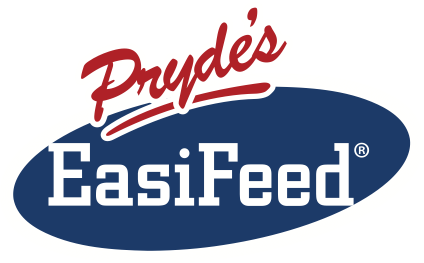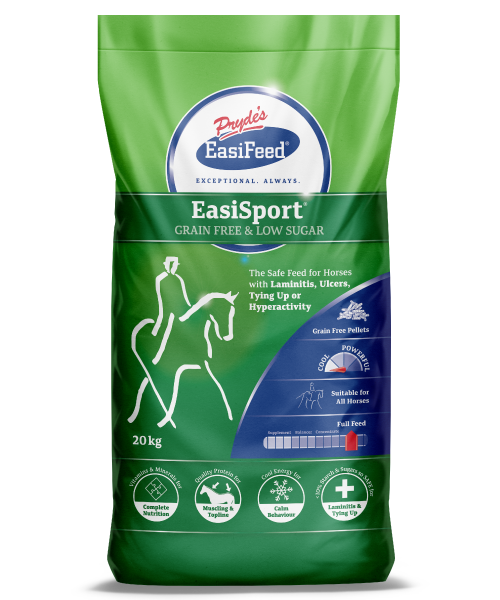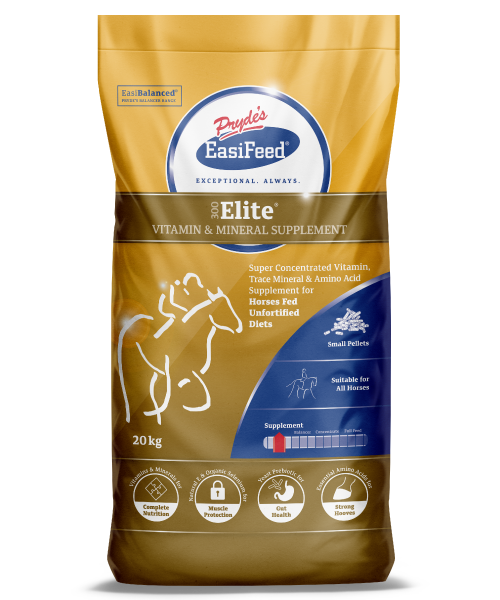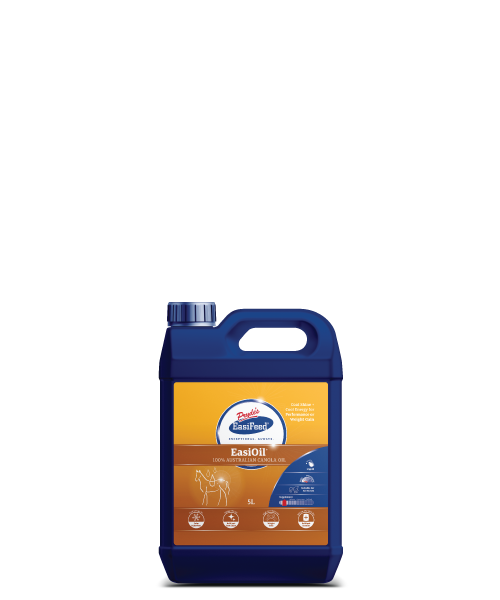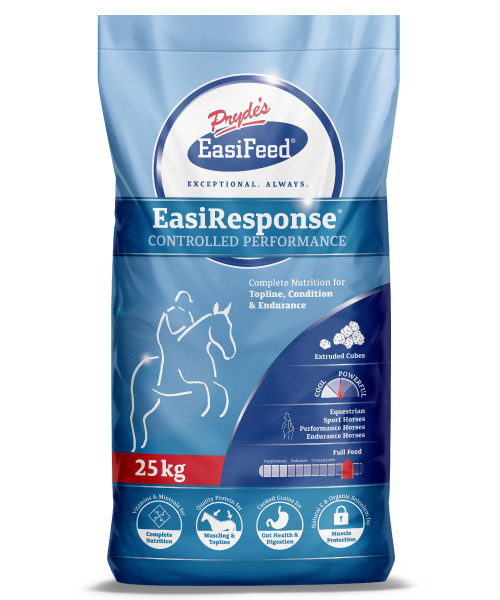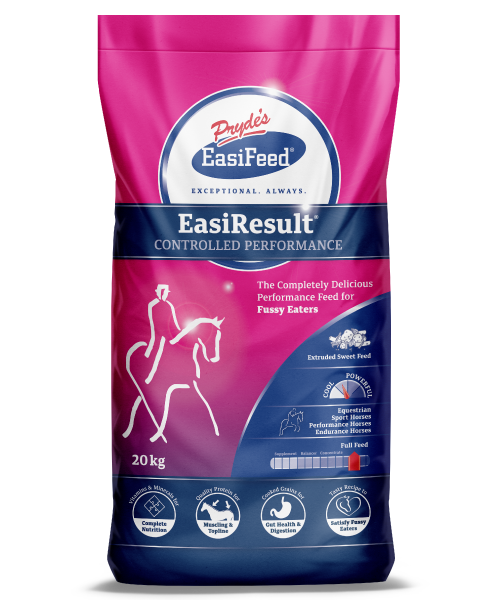When dealing with a hyperactive horse, the best place to start is always at the cause. Why is your horse over-reactive? Why has he stopped listening to you or all of a sudden started bucking at every chance he can get? Why is he constantly pulling and increasing pace when you ride, why can’t he stand still when you are grooming and saddling? Why does he feel like every muscle is tense and he is literally about to explode? Why do you fear he will find yet another scary creature lurking in his imagination behind every power pole you ride by?
If you know the cause… finding a solution gets a whole lot easier! It is no fun being around, or worse still, on top of a horse that is on edge and too reactive, so it is worth spending some time trying to figure out just what is going on.
To help you out, here are some possible causes (and solutions) for hyperactive behaviour. See if any of them fit your horse;
#1 Lack of education!
Uneducated horses that rule the roost are like kids who aren’t given enough boundaries … their behaviour is often out of control! If your horse is hyperactive and also reasonably uneducated this should be the first place you start in getting their behaviour under control. A little bit of education goes a beautifully long way to improving a horse’s behaviour. And if you don’t have the time or experience to educate your horse yourself, there are many amazing horse people available to either help or do it for you. It is well worth the investment J
#2 Too much feed!
As far as nutrition goes, let’s start with the most common one … too much feed!
Horses are odd creatures in that the more calories you feed them, the more they will express that level of energy in their behaviour. So if your horse is being ridden just a couple of times a week, but you are feeding him like he is being ridden every day, you are literally building up a little reserve of calories for your horse to burn, and they usually choose to use them when you go riding and they show up as hyperactive behaviour!
The Solution
Feed Less! Or… ride more! If you are like most people though you probably don’t have the opportunity to ride more often, so you are back to ‘feed less’. Sounds stupidly simple, but, if this is the cause of your horse’s hyperactivity, it really is all you need to do to get your calm, safe horse back.
Here is how you do it … if your horse is hyperactive and also being fed ‘hard feed’ (so something other than forage: hay/pasture/chaff) remove all of the hard feed from your horse’s diet and keep riding him as normal. You should start to see your horse calming down reasonably quickly.
When, and only when your horse starts to feel tired, you can reintroduce your feed, but only on the days you ride! And only as much as your horse needs to maintain weight.
We recommend you have two diets for your horse. One for his days off (which might be just a small amount of the Pryde’s 300 Pellet, a vitamin and mineral supplement to make sure his requirements are met so he stays nice and healthy, with some chaff plus ample amounts of his normal pasture or hay) and one for the days he is ridden, which should only be enough of your chosen feed to maintain weight but not so much that you tip your horse over into having excess calories that will lead to hyperactivity again.
If you need help with creating your ‘non-riding days’ and ‘riding days’ diets, head on over to our EasiFeed Selector or give your local Pryde’s rep a call. If your horse tends to be hyperactive, we would recommend you use a combination of Pryde’s 300 Pellet and Pryde’s EasiSport, because sometimes the type of calories you feed will make a difference (keep reading for more on this).
#3 Type of calories
You can provide your horse with calories from a range of different sources, including; fibre, starch, sugars and oils. When we look at the diet a horse’s gut has evolved to handle, the primary source of calories were fibre and small amounts of oils. And research as well as practical experience suggests that diets based on fibres and oils that are also low in starch and sugars don’t seem to cause the same degree of hyperactivity as feeds higher in starch and sugar might. For those of you who like details, fibre provide horses with calories in the form of volatile fatty acids (VFAs) and oils provide fatty acids as opposed to starch and sugars who primarily supply calories as glucose.
So if you are feeding a grain-based feed and you are pretty sure you are only feeding just enough for your horse to maintain bodyweight (i.e. not feeding too much)… your horse’s issue may be that he is reactive to the higher starch/sugar content typical of grain based diets.
The Solution
Switch to feeds that use fibre and oils to provide calories. You will get the best results if you also aim for feeds with less than 12% starch and sugars. These types of feeds will use legume hulls, beet pulp or copra meal as their base and will not contain any type of grain or grain by-product. Pryde’s EasiSport is a great example of these types of feeds. It is made using lupin hulls, lupins, extruded full fat soybeans and cold pressed canola oil (all 100% Australian ingredients) and gives great results from a behaviour perspective when people switch to it from a grain-based feed. In fact, we laugh… occasionally we will recommend thoroughbred trainers use EasiSport for nervous fillies who keep tying up or for horses having issues with behaving in barrier trials… and their trainers will often comment that the horses are too quiet!
#4 Raw Grains
We typically feed grain to horses for calories. The majority of those calories are contained in the starch, which is the white stuff in the middle of the grain. The problem is, unless that starch is cooked using both heat and water, the horse isn’t actually able to fully digest the starch and absorb it (as glucose) from the small intestine. When raw barley and raw corn are fed, up to 75% of the starch they contain passes undigested through the small intestine and ends up being pushed into the hindgut where it is rapidly fermented by the bacteria who reside there.
This rapid fermentation of starch causes a build-up of acids, including lactic acid in the hindgut, and a condition known as acidosis, which in turn causes changes in behaviour. These changes in behaviour are both documented in research and observed in horses on raw grain diets.
The Solution
Feed cooked grains! And when we say cooked, we mean properly cooked!! We pride ourselves (pun intended) on how well we cook grains for horses. Our extruded feeds are cooked at just the right temperature, with just the right amount of moisture to maximise the amount of starch digested in the small intestine. And this happens consistently with every batch of feed we make.
So if your horse is hyperactive and you have any component of uncooked grain in his diet, try replacing these grains with one of our extruded cubes (like EasiResponse) or extruded sweetfeeds (like EasiResult). These feeds will keep starch out of your horse’s hindgut and remove the negative impact of hindgut starch fermentation on behaviour. Healthy gut = calm horse!
#5 Nutrient Deficiency
There are some well-known nutrient deficiencies that will lead to hyperactivity and hypersensitivity, the most well recognised being vitamin B1 and magnesium. This cause of hyperactivity is probably much less common than the number of ‘calming supplements’ available today would suggest, but it does occur.
Some situations where we see deficiency causing behavioural changes are;
horses grazing high oxalate sub-tropical pastures who we suspect develop a pretty severe magnesium deficiency alongside their calcium deficiency due to the oxalate in the grass binding these minerals and making them unavailable for absorption.
horses grazing plants like bracken fern that actually destroy vitamin B1 and cause a deficiency.
horses on severely restricted diets for weight loss purposes (or neglected horses) who simply don’t get enough of any nutrient in their diet (mind you, they very rarely get hyperactive because they simply don’t have the energy!).
horses grazing lush, rapidly growing pastures that are typically high in potassium and low in magnesium (and calcium)… in this situation though it is unclear if they hyperactivity is due to a magnesium deficiency or simply due to too many calories from the very rich pasture (see ‘Too much feed!’ above).
The solution
The problem with nutrient deficiency as a cause of hyperactivity is it is hard to diagnose! So, you can take one of two approaches:
Work with a nutritionist or a veterinarian with a solid grasp of nutrition to see if you can diagnose a deficiency; or
Try a magnesium and/or vitamin B1 supplement to see if your horse calms down. The biggest trick here is don’t change anything else! Just add the supplement in to the current diet and leave him on the same pasture or hay and keep everything else the same so that you can tell if there is any change that it was in-fact due to the supplement and not to some other change in diet or management.
For example, don’t change your horse from EasiResult to EasiSport at the same time as you try a calming supplement because chances are if you see a positive effect it was due to the change in feed and not because of the supplement.
#6 Soreness
This is potentially a biggie. A lot of horses who suddenly start to misbehave are sore, somewhere. And often the only ‘symptom’ you will see is a change in behaviour. When you think about it, if you were sore and someone jumped on your back and tried to make you run around you would probably give them a piece of your mind … thing is, you have language and you can explain to someone that you are hurting. All your horse can do is, well… try to get you off his back so it stops hurting. And even if he isn’t trying to buck, it is very hard to concentrate and behave when you are in pain so being fidgety, losing concentration and overreacting may be how your horse behaves when in pain.
So always, if your horse starts misbehaving or indeed if your horse has always been hyperactive, consider that it might be due to pain. Horses that tie up very mildly are classic examples of this. They will appear either lazy or they will buck to try and get you off their back.
The Solution
You need to work with your veterinarian and/or nutritionist to try to figure out if your horse is sore and where. If you suspect your horse might be tying up, start to feed it appropriately using a low sugar, low starch feed like Pryde’s EasiSport. We are still amazed by some of the stories customers tell us about the dramatic improvements they see in behaviour when they have done this for horses that have been mildly tying up.
#7 Pasture Mycotoxins
Ryegrass and tall fescue pasture grasses often have fungi that grow with them called endophytes who produce mycotoxins that work to protect the grasses from attack by insects and help to improve the grasses ability to survive … which is great… except that these mycotoxins are also toxic to horses! Not so great. And one of the most consistent changes seen in horses is a change in behaviour.
So if you have ryegrass or tall fescue in your pasture and your horse starts to behave in an out of character way, especially when the pasture is either grazed very low to the ground or has gone to head (these are the times it will be highest in mycotoxin), this is possibly your answer.
The Solution
Take your horse off the pasture you think may be the issue and see if his behaviour improves. If it does you will need to either keep your horse off the pasture at the high risk times (when pasture is grazed low to the ground or has gone to seed) or look at using a mycotoxin binder. But not all binders will work on pasture mycotoxins, so if you want to use a binder, ask the company supplying it for data on its effectiveness against pasture derived mycotoxins!
Cause is key
It is so important that you determine the cause of hyperactivity before you try to do anything about it. Start at the top of the list given here and work your way through to determine what could be going on. Once you think you might have identified the cause, give the solution a go. If it works, well done, you have your answer. If it doesn’t, move on to the next cause you think might be most feasible. It is worth persisting until you find your answer. Your horse will be happier and you will have a far more enjoyable (and much safer) horse to be around.
